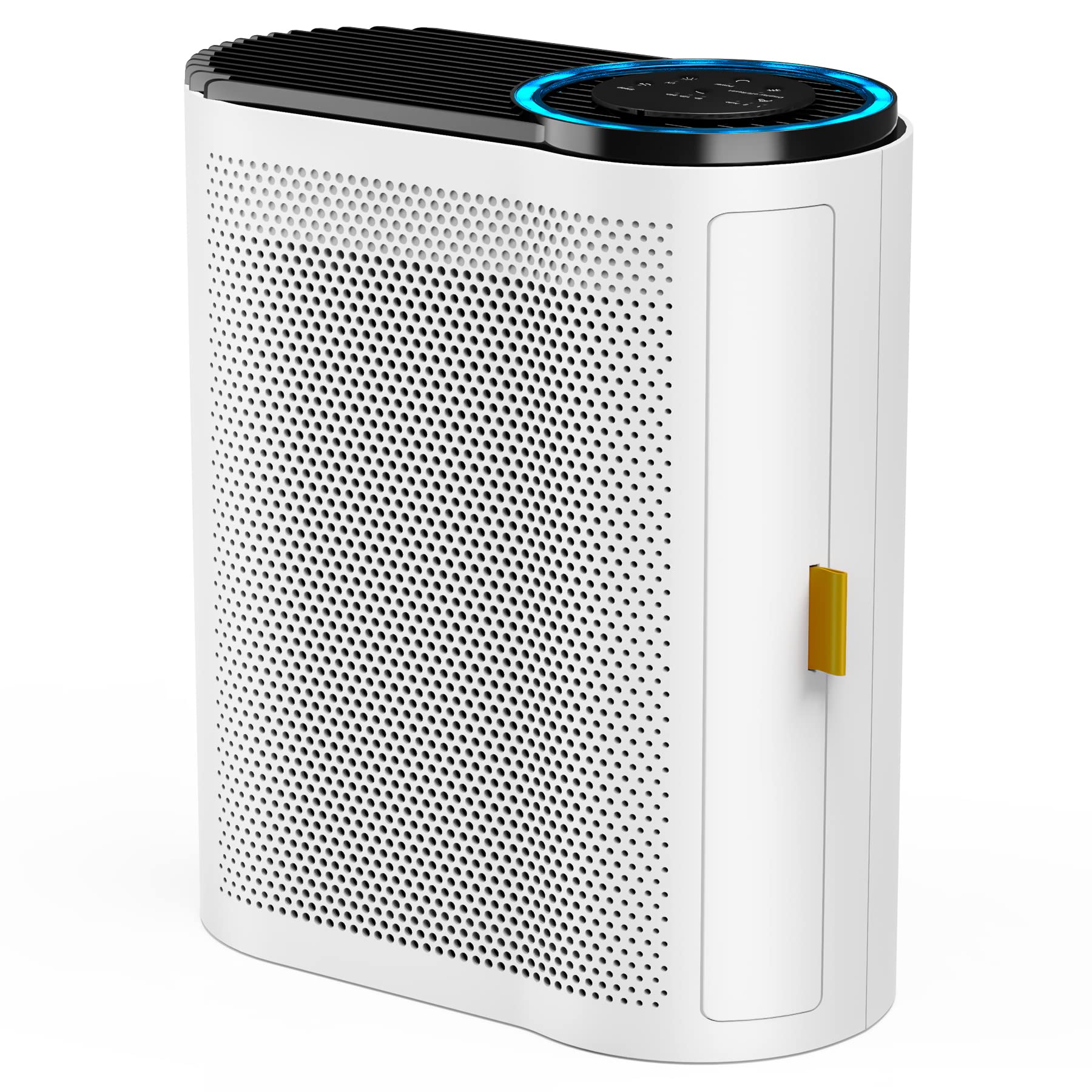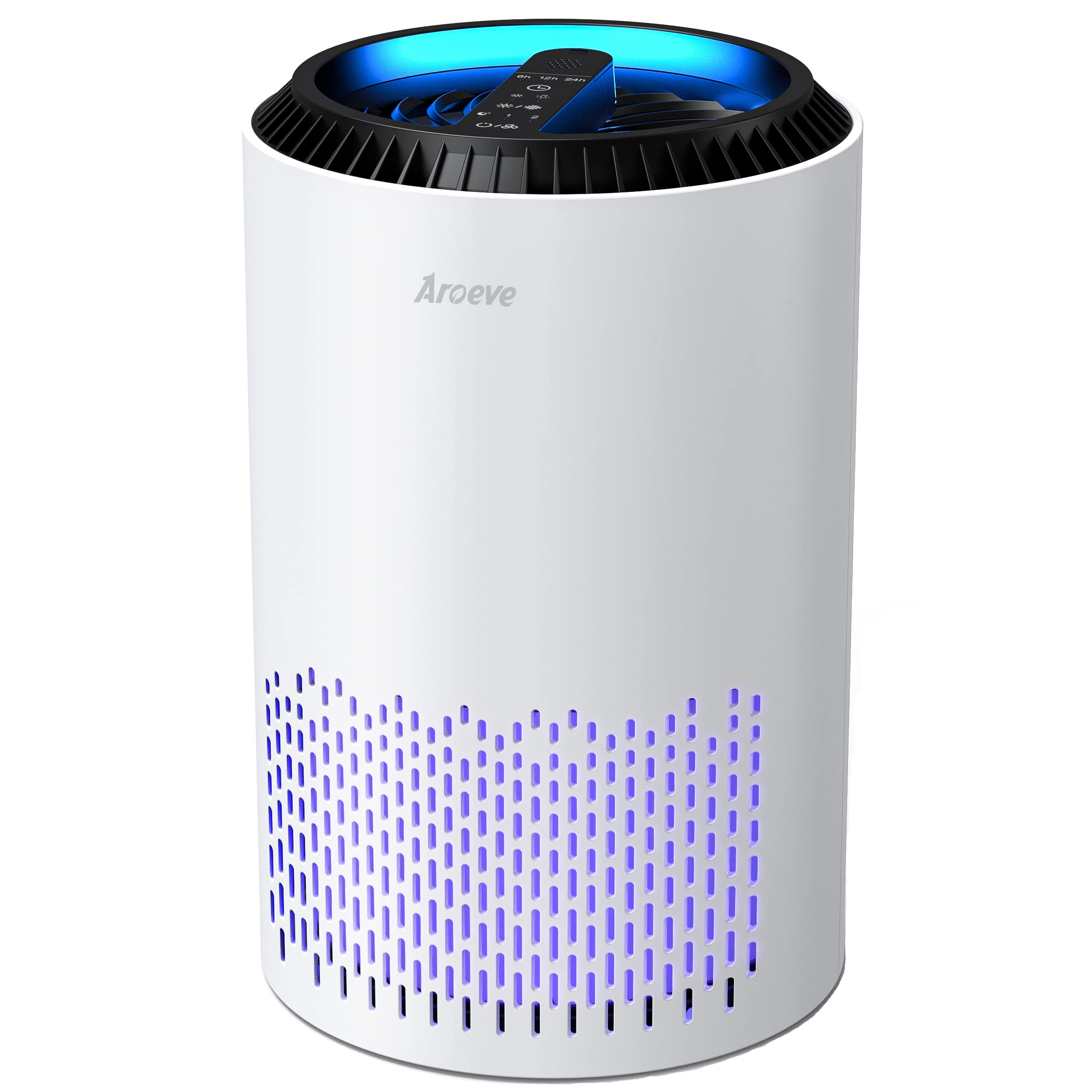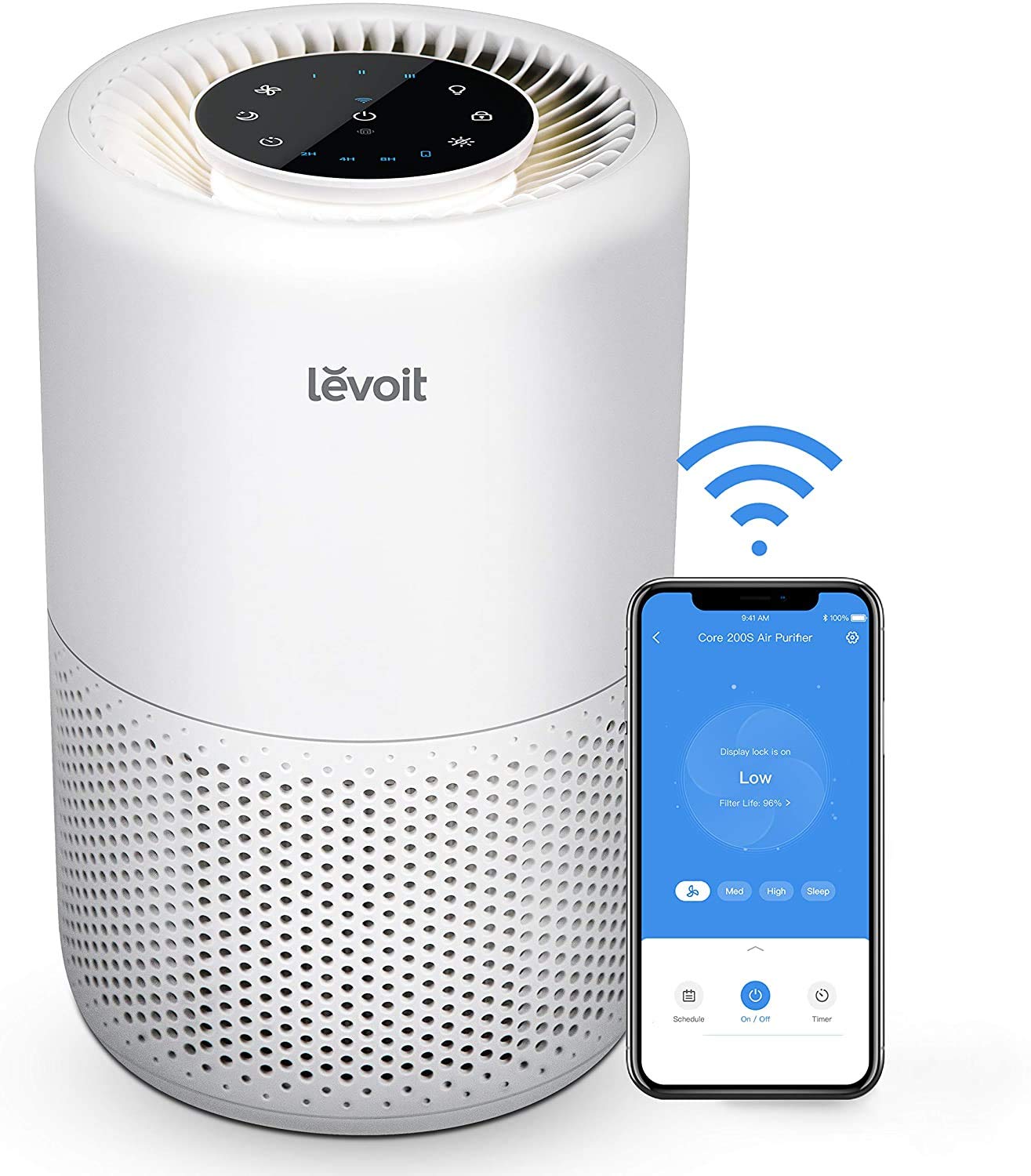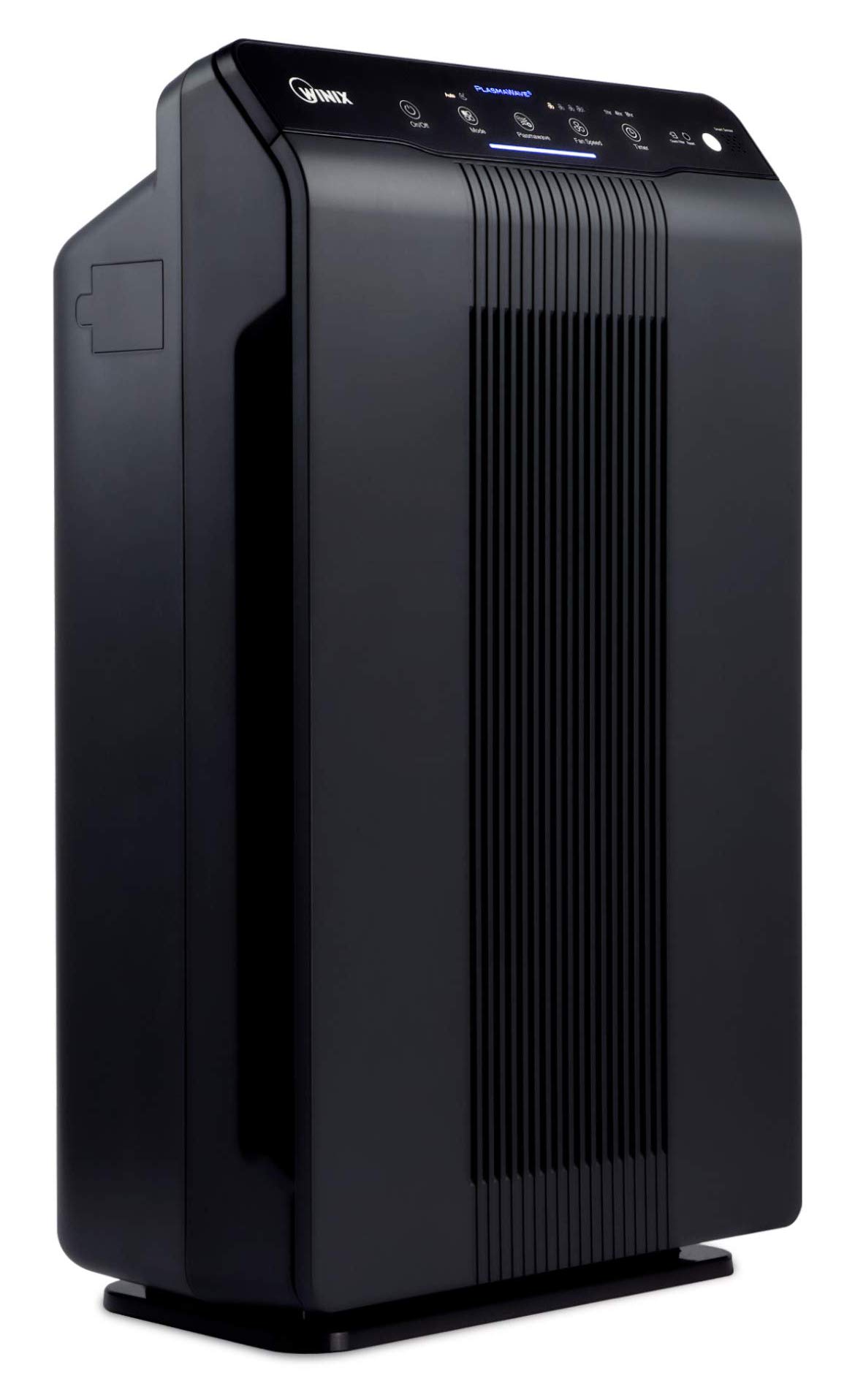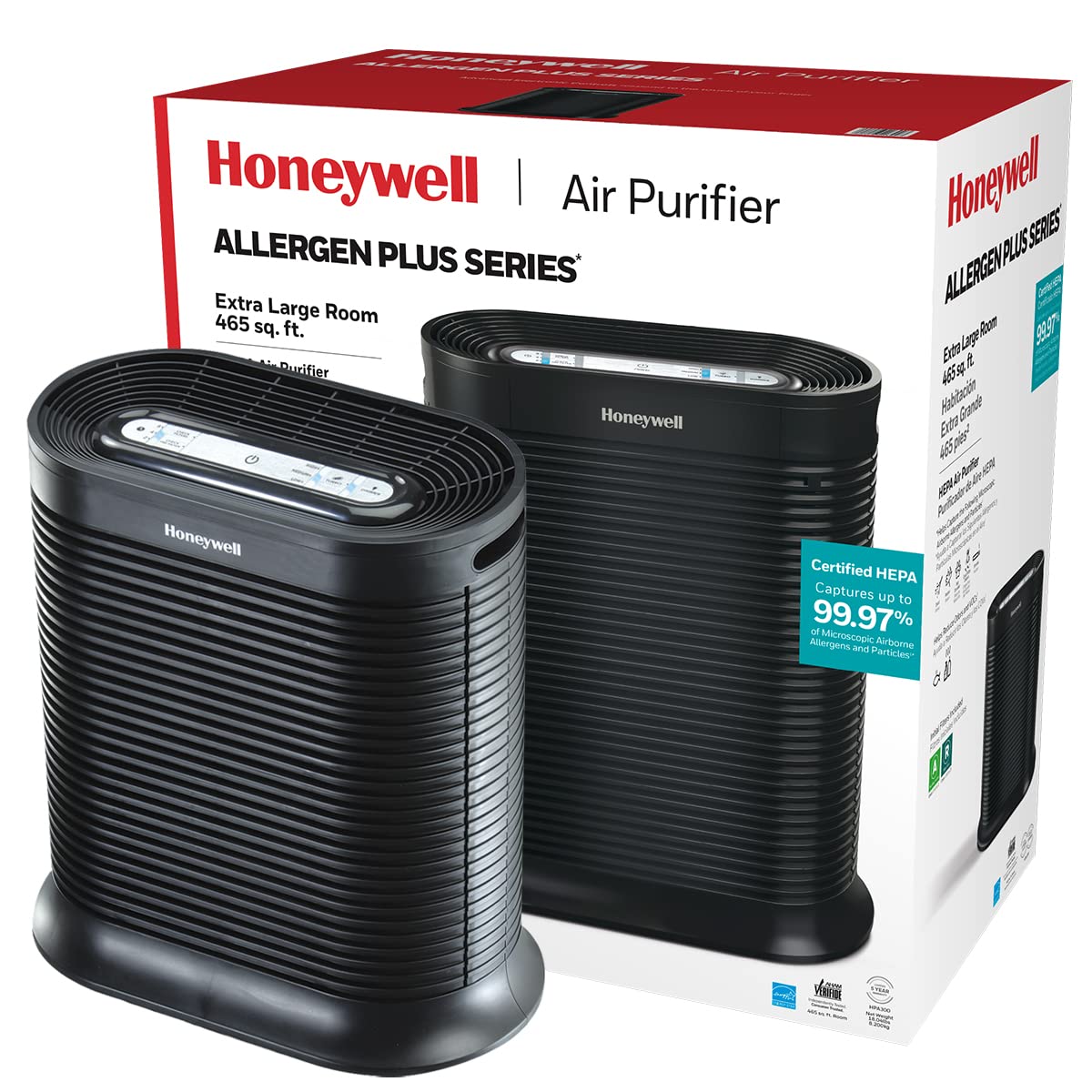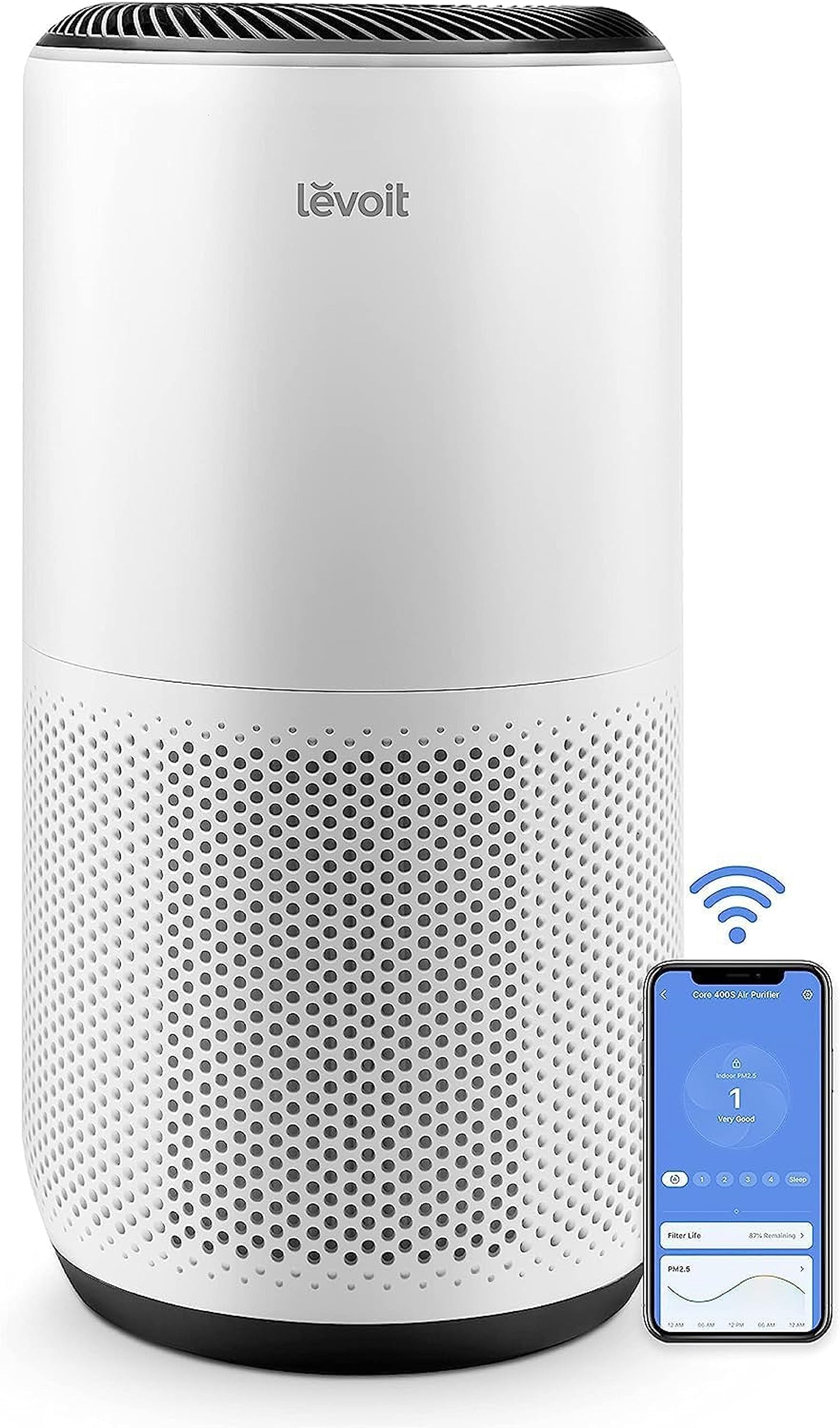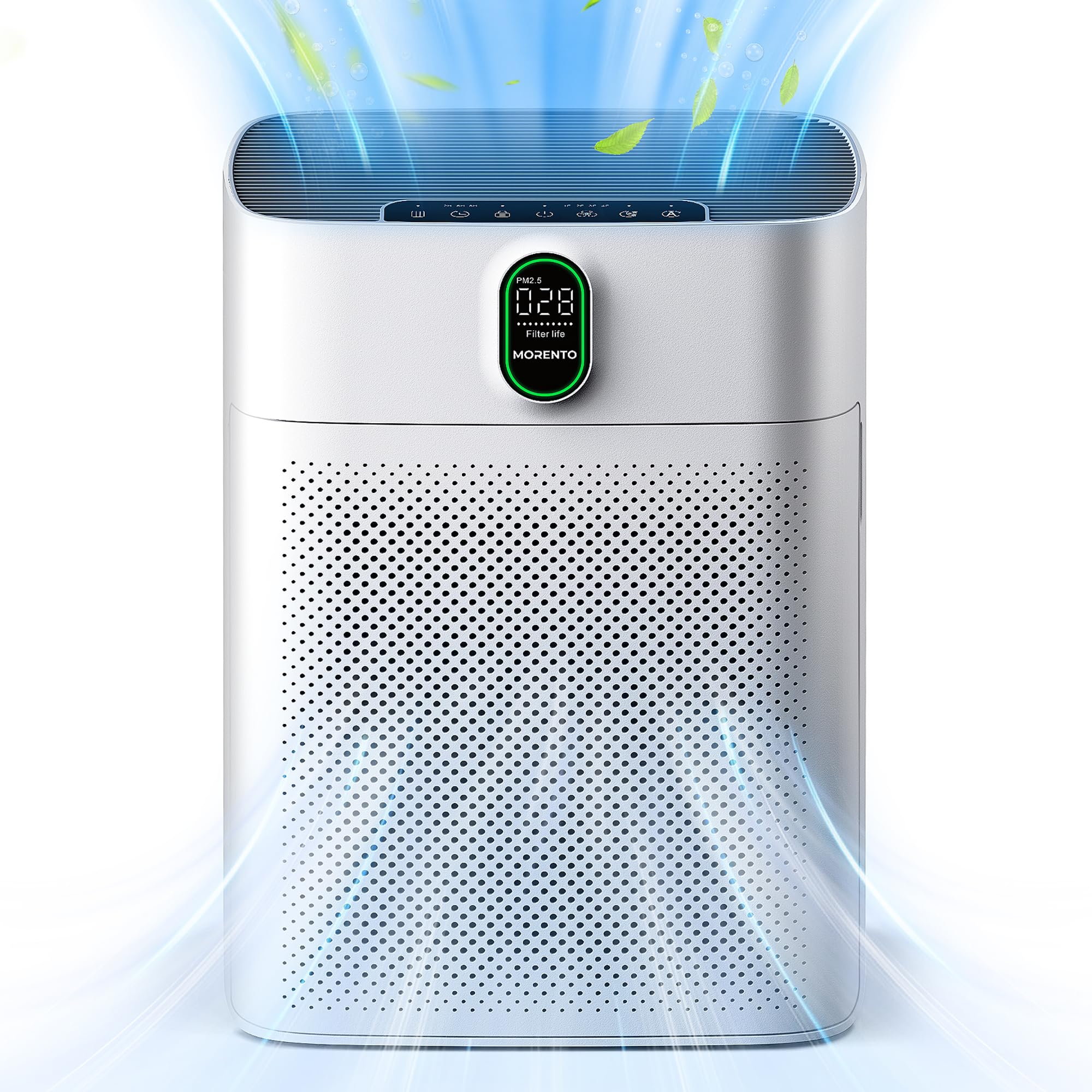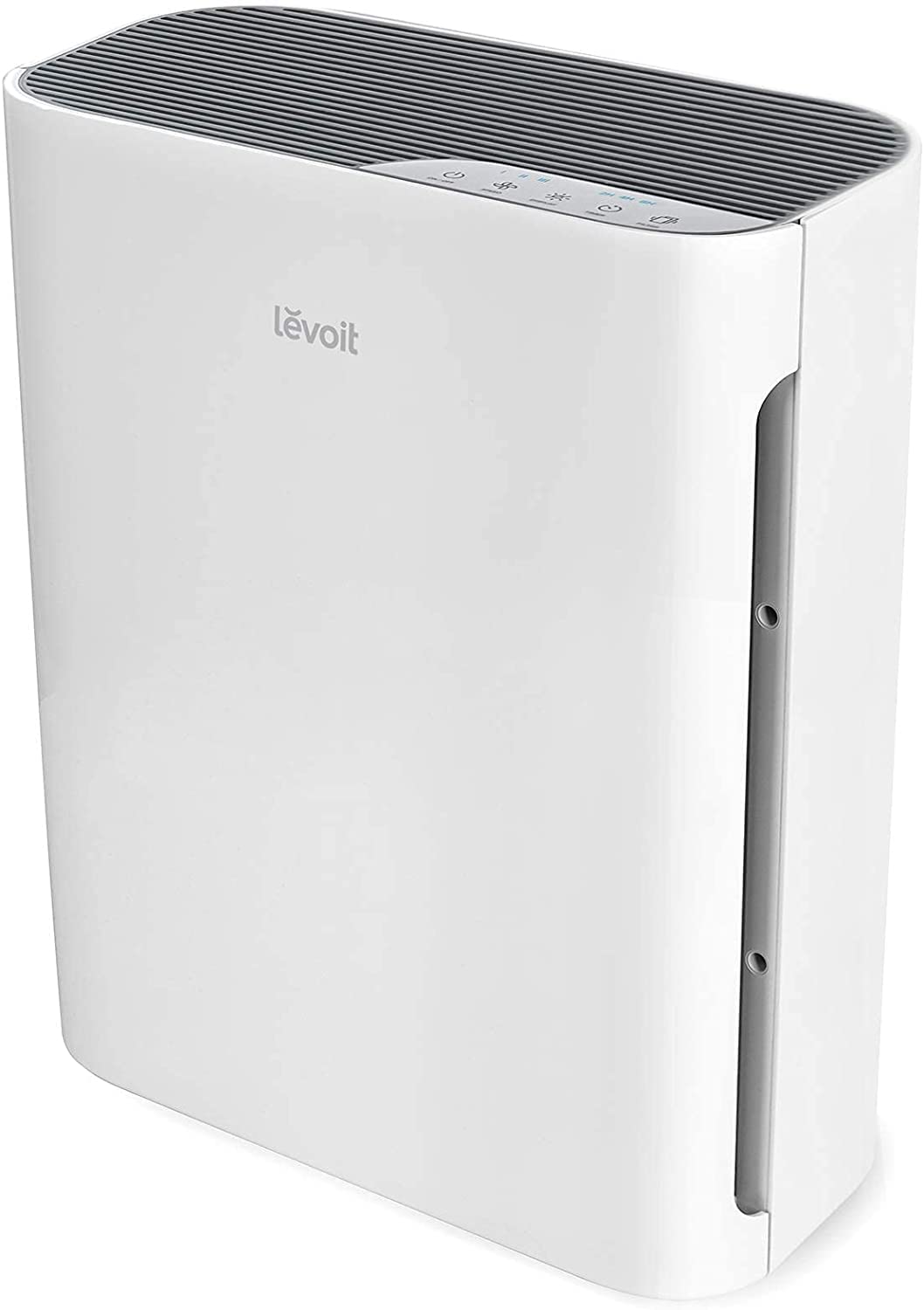Issues Addressed by Air Purifiers
My Sinuses Hurt When I Use Air Purifier

When I initially began using an air purifier, I believed it would resolve all of my respiratory issues. To my astonishment, my sinuses began to hurt whenever I activated it.
This led me on a quest to understand why this was happening. In this article, I will dive into the common causes of sinus pain from air purifiers and provide tips on how to relieve it.
So, if you’re like me and experiencing discomfort, keep reading for some valuable insights.
Key Takeaways
- Sinus pain from air purifiers can be caused by dry air and irritation of nasal passages due to improper maintenance.
- Air purifiers can worsen symptoms for individuals with allergies by releasing trapped allergens back into the air.
- Air purifiers can irritate sinuses by exacerbating inflammation and releasing particles and irritants into the air.
- To relieve sinus pain when using an air purifier, it is important to keep it clean, change filters regularly, use a HEPA filter, run it on low or medium settings, and moisturize nasal passages with saline solution.
Common Causes of Sinus Pain From Air Purifiers
You might be experiencing sinus pain from air purifiers due to common causes such as dry air or allergens.
When air purifiers are not properly maintained, they can contribute to dry air in your home. Dry air can irritate your nasal passages, leading to sinus pain. To prevent this, it’s important to regularly clean and replace the filters in your air purifier.
Additionally, allergens such as dust, pet dander, and pollen can also trigger sinus congestion and pain. Ensuring that your air purifier is equipped with a HEPA filter can help capture these allergens and provide relief. It’s also important to keep your living space clean and dust-free to minimize the presence of allergens.
Allergies Triggered by Air Purifiers and Sinus Pain
Using an air purifier can trigger allergies and cause sinus pain. Many people rely on air purifiers to improve indoor air quality and reduce allergens. However, these devices can actually worsen symptoms for individuals with allergies and sensitive sinuses.
Air purifiers work by circulating air and trapping airborne particles, including allergens like dust, pollen, and pet dander. While this can be beneficial for those without allergies, it can lead to increased exposure and irritation for allergy sufferers. The trapped allergens can accumulate in the purifier’s filters, which can then release them back into the air when not properly cleaned or replaced.
This can result in sinus congestion, sneezing, itchy eyes, and overall discomfort. Therefore, it is important to consider alternative solutions for sinus congestion relief if you experience discomfort when using an air purifier.
How Air Purifiers Can Irritate Sinuses
Air purifiers can exacerbate sinus irritation and discomfort. Many people rely on air purifiers to improve indoor air quality, especially those with allergies or respiratory conditions. However, for individuals sensitive to air purifiers, these devices can actually worsen sinus inflammation and cause discomfort.
When air purifiers are in use, they can release particles into the air, including allergens and irritants. These particles can irritate the nasal passages and trigger inflammation in the sinuses. Additionally, some air purifiers produce ozone, a gas that can also irritate the respiratory system and exacerbate sinus symptoms.
If you suspect that your sinuses are being affected by an air purifier, it is important to consult with a healthcare professional. They can help determine if you have a sensitivity to the specific air purifier you are using and provide recommendations for alternative solutions.
To better understand the potential effects of air purifiers on sinus health, consider the following table:
| Air Purifier Type | Main Features | Potential Impact on Sinus Health |
|---|---|---|
| HEPA Filter | Removes small particles such as allergens and pollutants | May reduce sinus symptoms if allergens are a trigger |
| Ionizer | Releases negative ions to neutralize airborne particles | May worsen sinus symptoms due to increased particle exposure |
| Ozone Generator | Produces ozone to neutralize odors and kill bacteria | Can irritate sinuses and worsen sinus inflammation |
Tips for Relieving Sinus Pain When Using an Air Purifier
When using an air purifier, it’s important to follow these tips to help relieve sinus pain.
First, make sure to keep the air purifier clean and properly maintained. Dust and allergens can accumulate in the filter, which can worsen sinus symptoms. Regularly changing the filter and cleaning the unit will ensure that it is effectively removing pollutants from the air.
Additionally, consider using a HEPA filter, as it can trap particles as small as 0.3 microns, including pollen, pet dander, and dust mites.
Another tip is to keep the air purifier running on a low or medium setting rather than high, as high settings can stir up dust and irritate the sinuses.
Lastly, if you experience discomfort while using an air purifier, try using a saline nasal spray or rinsing your sinuses with a saline solution to moisturize and soothe your nasal passages. By following these tips, you can manage air purifier discomfort and find sinus pain relief.
Now let’s explore how to choose the right air purifier to avoid sinus discomfort.
Choosing the Right Air Purifier to Avoid Sinus Discomfort
To avoid sinus discomfort, you should consider factors like room size, filter type, and noise level when choosing the right air purifier.
Room size is important because you want to ensure that the air purifier can effectively clean the air in the entire space.
The filter type is crucial as it determines the pollutants and allergens the purifier can remove. HEPA filters are highly recommended for capturing small particles and allergens.
Noise level is another factor to consider, especially if you plan to use the air purifier in your bedroom or office.
Maintaining your air purifier is also essential for sinus infection prevention. Regularly cleaning or replacing the filters and keeping the device free of dust and debris will ensure its optimal performance in keeping your sinuses clear and healthy.
Frequently Asked Questions
Can Air Purifiers Cause Sinus Infections?
Air purifiers can improve air quality by removing pollutants, but they do not directly cause sinus infections. Regular maintenance, such as cleaning filters, can help prevent any irritation that may contribute to sinus discomfort.
What Are Some Alternative Solutions for Reducing Sinus Pain Caused by Air Purifiers?
When it comes to reducing sinus pain caused by air purifiers, there are alternative solutions available. Natural remedies such as steam inhalation, saline nasal irrigation, and using a humidifier can provide sinus pain relief.
Can Air Purifiers Worsen Existing Sinus Conditions?
Air purifiers can exacerbate existing sinus conditions due to their effectiveness in removing allergens and irritants from the air. This can lead to dryness and irritation in the sinuses, causing discomfort and pain.
Are There Specific Types of Air Purifiers That Are More Likely to Cause Sinus Pain?
Certain air purifier brands can cause sinus pain. To find sinus pain relief, consider models with HEPA filters and low ozone emissions. Avoid purifiers with ionizers, as they can irritate the sinuses.
How Long Does It Typically Take for Sinus Pain to Subside After Using an Air Purifier?
It typically takes a few hours for sinus pain to subside after using an air purifier. To choose the right one for sinus relief, consider HEPA filters and avoid common misconceptions about air purifiers and sinus pain.
Conclusion
In conclusion, using an air purifier can sometimes cause sinus pain due to allergies or irritants in the air. However, there are ways to alleviate this discomfort and still enjoy the benefits of clean air.
By choosing the right air purifier and following some simple tips, you can minimize sinus pain and breathe easier.
So, why suffer from sinus pain when you can have both clean air and a happy nose?
Issues Addressed by Air Purifiers
Why Wont Amazon Ship Air Purifier to Me
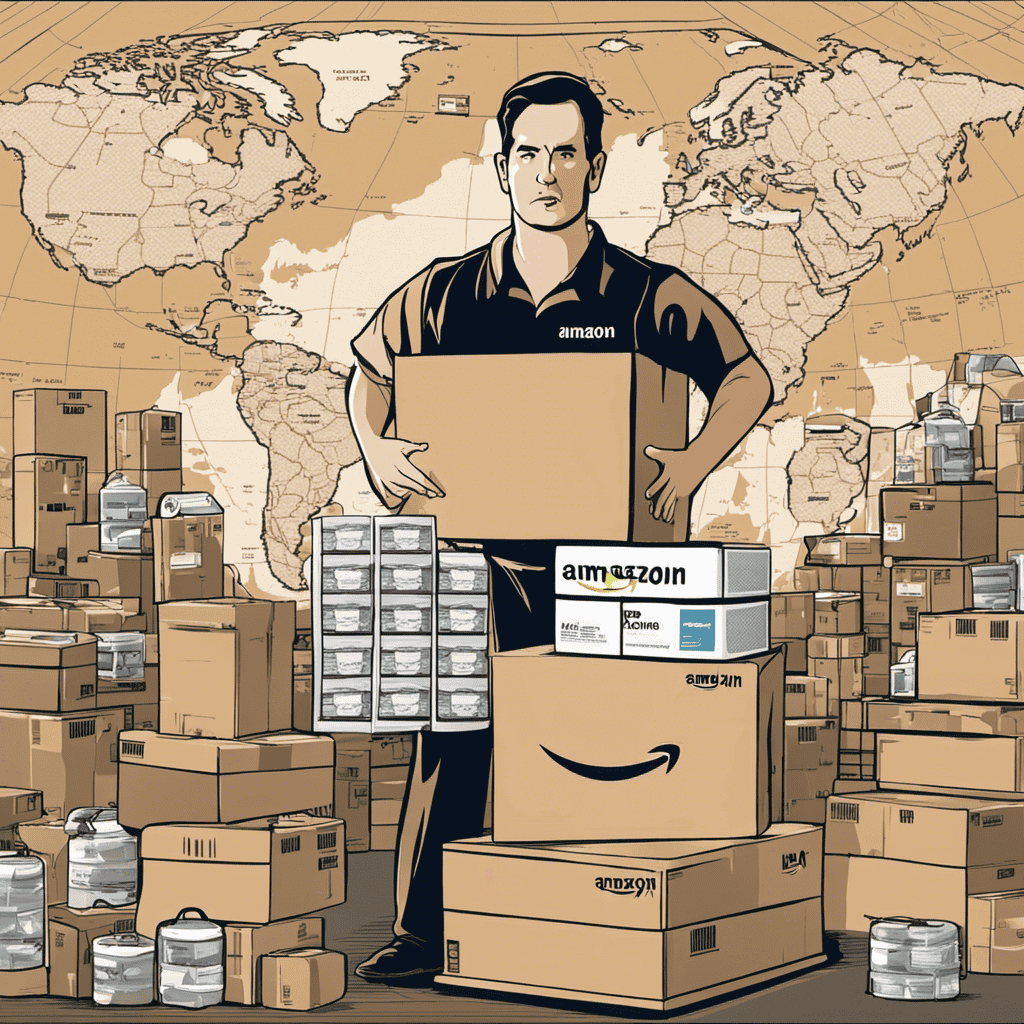
While I was excitedly looking for an air purifier on Amazon, my enthusiasm was soon replaced by annoyance. Why is Amazon refusing to ship an air purifier to my location? This puzzling shipping restriction has made me curious about the rationale behind it.
In this article, we will delve into Amazon’s shipping policies, explore possible reasons for this issue, and provide tips for resolving it. Additionally, we’ll consider alternative options for purchasing an air purifier and seek assistance from Amazon customer service.
Let’s find a solution together!
Key Takeaways
- Poor air quality can have negative impacts on health, including respiratory problems, allergies, and asthma.
- Air purifiers can help improve indoor air quality by removing pollutants and allergens such as dust, pollen, pet dander, and VOCs.
- Using an air purifier can reduce the risk of respiratory issues and allergies, promoting overall well-being and health.
- Amazon’s shipping policies may restrict the shipping of air purifiers due to various reasons such as supporting small businesses, minimizing environmental impact, and high demand with limited supply.
The Shipping Restriction Issue
You can’t get the air purifier shipped to you because of the shipping restrictions. Shipping restrictions are in place due to various reasons, such as the impact of air quality on health and the benefits of using an air purifier.
Air quality plays a significant role in our overall well-being. Poor air quality can lead to various health issues, including respiratory problems, allergies, and asthma. An air purifier helps to improve indoor air quality by removing pollutants, allergens, and harmful particles from the air. It filters out dust, pollen, pet dander, and even volatile organic compounds (VOCs).
Understanding Amazon’s Shipping Policies
To understand Amazon’s shipping policies, it’s important to review their guidelines and restrictions. Amazon has specific rules in place to ensure efficient and timely delivery of products to customers. However, these policies can sometimes limit the availability of certain items for shipping. One of the factors that influence shipping restrictions is the impact on small businesses. Amazon strives to support small businesses and promote fair competition, which may lead to restrictions on certain products that are sold by third-party sellers. Additionally, Amazon is also conscious of the environmental impact of online shopping. They aim to minimize their carbon footprint by implementing sustainable packaging practices and optimizing delivery routes. These efforts contribute to their commitment to environmental responsibility while ensuring a positive shopping experience for their customers.
| Guidelines and Restrictions | Impact |
|---|---|
| Supports small businesses | Positive impact |
| Environmental responsibility | Positive impact |
Possible Reasons for the Air Purifier Shipping Issue
One possible reason for the shipping issue with air purifiers could be high demand and limited supply.
As more people become aware of the benefits of using an air purifier in their homes, the demand for these products has increased. With the ongoing COVID-19 pandemic and concerns about indoor air quality, many individuals are looking to improve the air they breathe.
However, manufacturers may be struggling to keep up with this surge in demand, leading to shortages and delayed shipping times.
It is important to note that regular maintenance practices, such as cleaning or replacing filters, are crucial for the effective functioning of air purifiers. By following these practices, users can ensure that their air purifiers continue to provide clean and fresh air for their homes.
Exploring Alternative Options for Purchasing an Air Purifier
If you’re unable to find an air purifier in stores, there are online marketplaces like eBay or Walmart where you can check for availability.
However, if you prefer to shop locally, you can try finding local air purifier stores in your area. You can use search engines or map applications to locate nearby stores that sell air purifiers.
Additionally, considering second-hand options can be a cost-effective alternative. You can check online classified websites or local buy/sell groups on social media platforms like Facebook. These platforms often have individuals selling their used air purifiers at a lower price. Just be sure to inquire about the condition and performance of the purifier before making a purchase.
Tips for Resolving the Shipping Problem With Amazon
When facing shipping problems with Amazon, there are a few key points to consider.
First, it’s important to contact Amazon Customer Service to address the issue and find a resolution.
Second, it’s advisable to verify the shipping restrictions for the specific item in question to ensure it can be shipped to your location.
Lastly, exploring alternative sellers could be a viable option if Amazon is unable to fulfill your order.
Contact Amazon Customer Service
To resolve this issue, you can contact Amazon Customer Service for assistance with the air purifier shipping problem. If you are experiencing difficulties with shipping an air purifier, it is important to reach out to Amazon Customer Service as soon as possible. They can help you with any escalating issues and provide guidance on how to proceed.
One possible reason for the shipping problem could be an error in the delivery address. It is crucial to double-check the accuracy of the address you provided during the checkout process. This simple step can help prevent any potential issues and ensure a smooth delivery.
Verify Shipping Restrictions
You should double-check the shipping restrictions before finalizing your purchase.
When it comes to air purifiers, there are several common brands available in the market, such as Dyson, Honeywell, and Blueair. These brands offer a range of models with varying features and capabilities.
Using an air purifier has several benefits. Firstly, it helps to remove harmful pollutants and allergens from the air, improving indoor air quality. This is especially beneficial for individuals with respiratory conditions or allergies.
Additionally, air purifiers can help to eliminate unpleasant odors, such as cooking smells or pet odors. They also help to reduce the spread of airborne viruses and bacteria, promoting a healthier living environment.
However, it is important to verify the shipping restrictions for air purifiers, as certain locations may have limitations or regulations in place.
Explore Alternative Sellers
Consider checking out other vendors who may have different shipping options and availability for the air purifier model you’re interested in.
When exploring different brands, it’s always a good idea to widen your search and look beyond just one platform. Checking local retail stores can be a great alternative to purchasing online, as they often carry a variety of air purifier models and can provide immediate availability. Additionally, local stores may offer personalized assistance and recommendations based on your specific needs.
However, if you still find yourself unable to find the desired air purifier, seeking assistance from Amazon customer service can be beneficial. They can provide insights on why the specific model may not be available for shipping to your location and suggest alternative options or solutions.
Seeking Assistance From Amazon Customer Service
I can’t understand why Amazon won’t ship the air purifier to me, so I reached out to their customer service for help. I explained that I had purchased the air purifier but it was not functioning properly. The customer service representative was polite and attentive, and she offered to troubleshoot the issue with me. She suggested a few troubleshooting steps, such as checking the power source, cleaning the filters, and resetting the device. Unfortunately, none of these steps resolved the problem. Since the air purifier was still under warranty, the representative initiated a return and refund process for me. She provided clear instructions on how to return the item and assured me that I would receive a refund once the return was processed. I appreciated the prompt and helpful assistance from Amazon’s customer service.
| Troubleshooting Steps | Result |
|---|---|
| Check power source | No change in functionality |
| Clean filters | No change in functionality |
| Reset device | No change in functionality |
Finding Air Purifiers From Other Online Retailers
After my unsuccessful attempt to find an air purifier on Amazon, I decided to explore other online retailers.
Luckily, finding air purifiers locally was not a problem, as many stores in my area carried them. However, before making a purchase, I wanted to compare prices from different online retailers to ensure I was getting the best deal.
I started my search by visiting well-known online platforms like Walmart and Best Buy. They had a wide selection of air purifiers, and I was able to easily compare prices and read customer reviews. Additionally, I discovered that some retailers offered special promotions and discounts, which helped me save even more money.
Overall, by expanding my search beyond Amazon, I was able to find the perfect air purifier at a great price.
Could My Air Purifier’s Shipping Issue Be Related to It Not Working?
If your air purifier is not working, consider potential shipping issues that may have caused damage during transport. You can try some air purifier troubleshooting tips to identify and resolve the issue. Check the power supply, filters, and ensure proper placement for optimal performance.
Frequently Asked Questions
Can I Request an Exception to the Shipping Restriction for the Air Purifier I Want to Purchase From Amazon?
I can’t request an exception to the shipping restriction for the air purifier I want to buy from Amazon. They don’t offer international shipping for certain items, including air purifiers.
Are There Any Specific Air Purifier Models or Brands That Are Exempt From Amazon’s Shipping Restrictions?
There are no specific air purifier models or brands exempt from Amazon’s shipping restrictions. It is necessary to comply with their policies and find alternative ways to purchase the desired air purifier.
Is It Possible to Ship an Air Purifier Internationally Through Amazon, Despite the Shipping Restrictions?
It may be possible to ship an air purifier internationally through Amazon, despite shipping restrictions. However, it is important to understand the specific regulations and requirements for your country before making a purchase.
Can I Purchase an Air Purifier From a Third-Party Seller on Amazon Who May Not Have the Same Shipping Restrictions?
Can I find alternative sellers on Amazon to purchase an air purifier, bypassing their restrictive shipping policies? I want to explore other purchasing options for air purifiers that Amazon won’t ship to me.
Are There Any Specific Regions or Countries That Have Stricter Shipping Restrictions for Air Purifiers on Amazon?
There are regions or countries with stricter shipping restrictions for air purifiers on Amazon. However, there may still be international shipping options available for you to purchase an air purifier.
Conclusion
In conclusion, navigating Amazon’s shipping restrictions can sometimes be frustrating, especially when it comes to purchasing an air purifier. However, there are alternative options available if Amazon is unable to ship the product to you.
It is important to understand Amazon’s shipping policies and explore other online retailers for air purifiers. Resolving the shipping problem may require seeking assistance from Amazon customer service.
Remember, clean air is essential for our well-being, so don’t let a shipping issue stop you from finding the perfect air purifier.
Isn’t it time you took a breath of fresh air?
Issues Addressed by Air Purifiers
Why Is My Winix Air Purifier Blinking
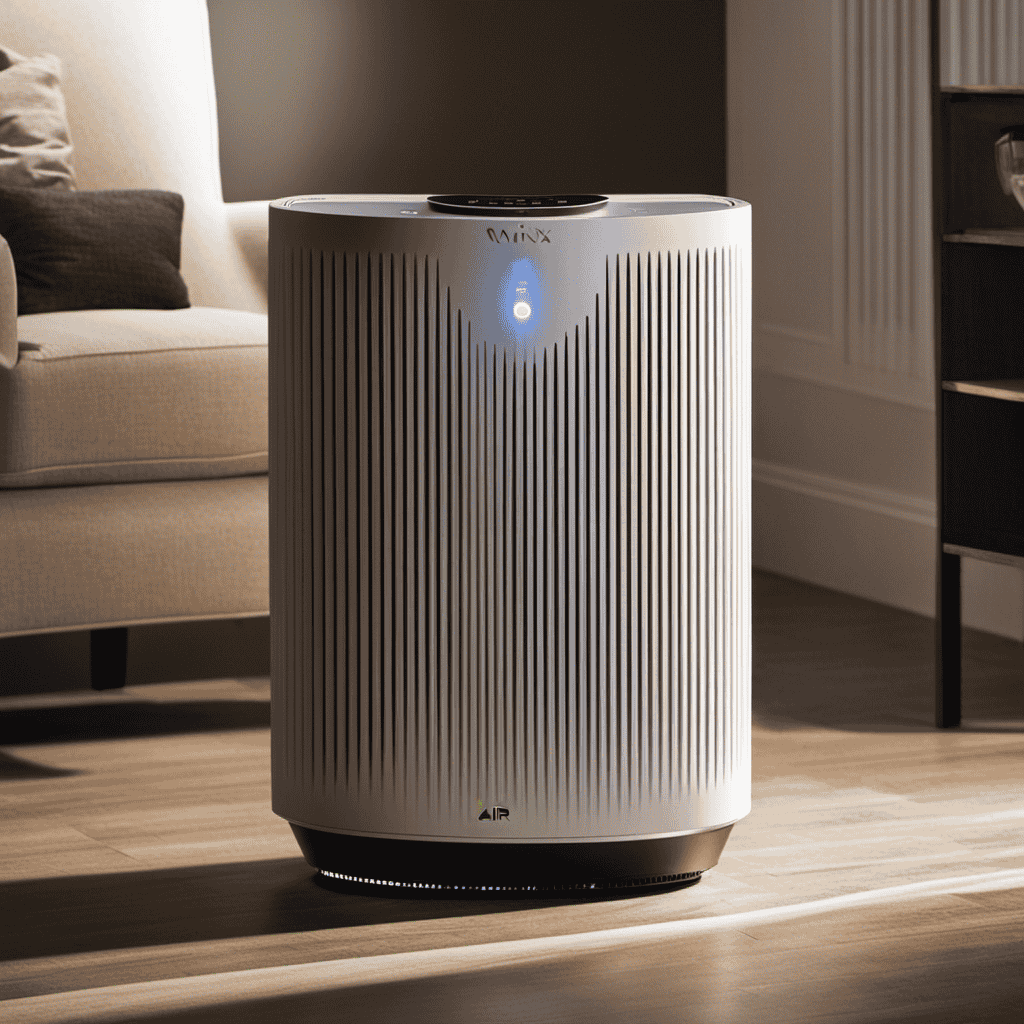
I have observed that my Winix air purifier has been flashing recently, prompting me to question why. If you are facing a similar problem, you are in the right spot.
In this article, I’ll be diving into the common reasons for blinking lights on Winix air purifiers, providing troubleshooting steps, and explaining the error codes you may encounter.
Plus, I’ll share how to reset your purifier when faced with blinking lights. So, let’s get to the bottom of this issue and find a solution together.
Key Takeaways
- Common reasons for blinking lights on Winix Air Purifiers include clogged filters, insecure power cord, and malfunctioning outlets.
- Troubleshooting steps for blinking lights include checking the filter, resetting the unit, and contacting customer support if the issue persists.
- Error codes on Winix Air Purifiers indicate specific issues such as dirty pre-filter, carbon filter replacement, HEPA filter replacement, faulty air quality sensor, or malfunctioning motor/fan.
- To reset a Winix Air Purifier with blinking lights, turn off the power button, unplug the device, wait for it to fully power down, clean the filters, and reassemble the unit.
Common Reasons for Blinking Lights on Winix Air Purifiers
If your Winix air purifier is blinking, it’s usually because of a clogged filter or a power issue. To resolve this, there are a few possible solutions.
First, check the filter and clean or replace it if necessary. A clogged filter restricts airflow, causing the purifier to work harder and trigger blinking lights.
Additionally, ensure that the power cord is securely plugged in and that the outlet is functioning properly. Sometimes, a loose connection or a power surge can cause the purifier to blink.
To prevent blinking lights on Winix air purifiers, regular maintenance is key. Clean or replace the filter as recommended by the manufacturer and keep the unit in a clean, dust-free area. By following these maintenance practices, you can minimize the chances of blinking lights on your Winix air purifier.
Now, let’s move on to the troubleshooting steps for blinking lights on Winix air purifiers.
Troubleshooting Steps for Blinking Lights on Winix Air Purifiers
To troubleshoot the blinking lights on your Winix air purifier, try these steps:
-
Check the filter: Ensure that the filter is clean and properly installed. A dirty or incorrectly placed filter can cause the lights to blink.
-
Reset the unit: Unplug the purifier from the power source and wait for at least 10 seconds. Then, plug it back in. This simple resetting technique can often resolve blinking light issues.
-
Contact customer support: If the lights continue to blink after trying the above steps, it may indicate a more serious issue. Reach out to Winix customer support for further assistance and troubleshooting tips.
Understanding the Error Codes of Winix Air Purifiers
Understanding the error codes on Winix air purifiers can help troubleshoot any issues that may arise. These error codes are designed to provide specific information about what might be going wrong with the device. By referring to the error code table below, you can easily identify the problem and take appropriate action.
| Error Code | Description |
|---|---|
| E1 | Pre-filter needs to be cleaned |
| E2 | Carbon filter needs to be replaced |
| E3 | HEPA filter needs to be replaced |
| E4 | The air quality sensor is faulty |
| E5 | The motor or fan is malfunctioning |
Regular maintenance is crucial for the optimal performance of Winix air purifiers. Cleaning or replacing filters as instructed in the user manual will ensure that the purifier continues to effectively remove pollutants from the air. Additionally, choosing the right Winix air purifier for your specific needs is important. Consider factors such as room size, CADR (Clean Air Delivery Rate), and the specific pollutants you want to target. This will help you select a purifier that is capable of providing the clean air you desire.
How to Reset a Winix Air Purifier With Blinking Lights
Resetting a Winix air purifier with blinking lights is a simple process that can be done in just a few steps.
- Locate the power button on your Winix air purifier and turn it off.
- Unplug the air purifier from the power source.
- Wait for a few minutes to allow the purifier to fully power down.
To reset the filters on a Winix air purifier, follow these steps:
- Open the front cover of the air purifier.
- Remove the filters from their slots.
- Gently clean the filters using a soft brush or vacuum cleaner.
Improving the air quality in your home with a Winix air purifier is essential for your health and well-being. By regularly resetting the filters, you ensure that the purifier functions optimally, removing pollutants and allergens from the air.
A clean and efficient air purifier helps to create a healthier living environment for you and your family.
Is a Blinking Light on an Air Purifier a Sign of a Bad Smell?
If your Plixio air purifier blinking light is indicating a bad smell, it could be a sign that the filters need to be replaced. A blinking light on an air purifier typically means that it has detected poor air quality. It’s important to address the issue to ensure your air purifier is working effectively.
When to Seek Professional Help for Blinking Lights on Winix Air Purifiers
If you’re experiencing blinking lights on your Winix air purifier, it may be time to consider seeking professional help. While there are DIY fixes and tips for maintaining the performance of Winix air purifiers with blinking lights, sometimes the issue may require the expertise of a professional technician. Attempting to fix the problem on your own could potentially cause further damage to the unit or even void the warranty. To help you understand when it’s best to seek professional assistance, here’s a table outlining common scenarios:
| Situation | Recommendation |
|---|---|
| Multiple blinking lights | Contact customer support or an authorized repair center |
| Blinking lights after cleaning | Check the filter placement and if the unit is properly reassembled |
| Continuous blinking lights | Unplug the unit and consult a professional technician |
Conclusion
In conclusion, when your Winix air purifier starts blinking, don’t panic! It’s like a mysterious Morse code from your loyal guardian of clean air.
By understanding the common reasons, troubleshooting steps, and error codes, you can easily solve the issue.
And if all else fails, fear not, for the reset button is your savior.
But remember, if the blinking persists, it’s time to call in the professionals.
Keep your air pure and let the blinking lights guide you to a breath of fresh air!
At Aero Guardians, where every piece of information aims to make the world a breath fresher, Samuela’s role as an author has been nothing short of transformative. With a penchant for weaving stories around the science of air purification, Samuela has enriched the platform with content that is both enlightening and captivating.
Issues Addressed by Air Purifiers
Why My Air Purifier Is Not Working
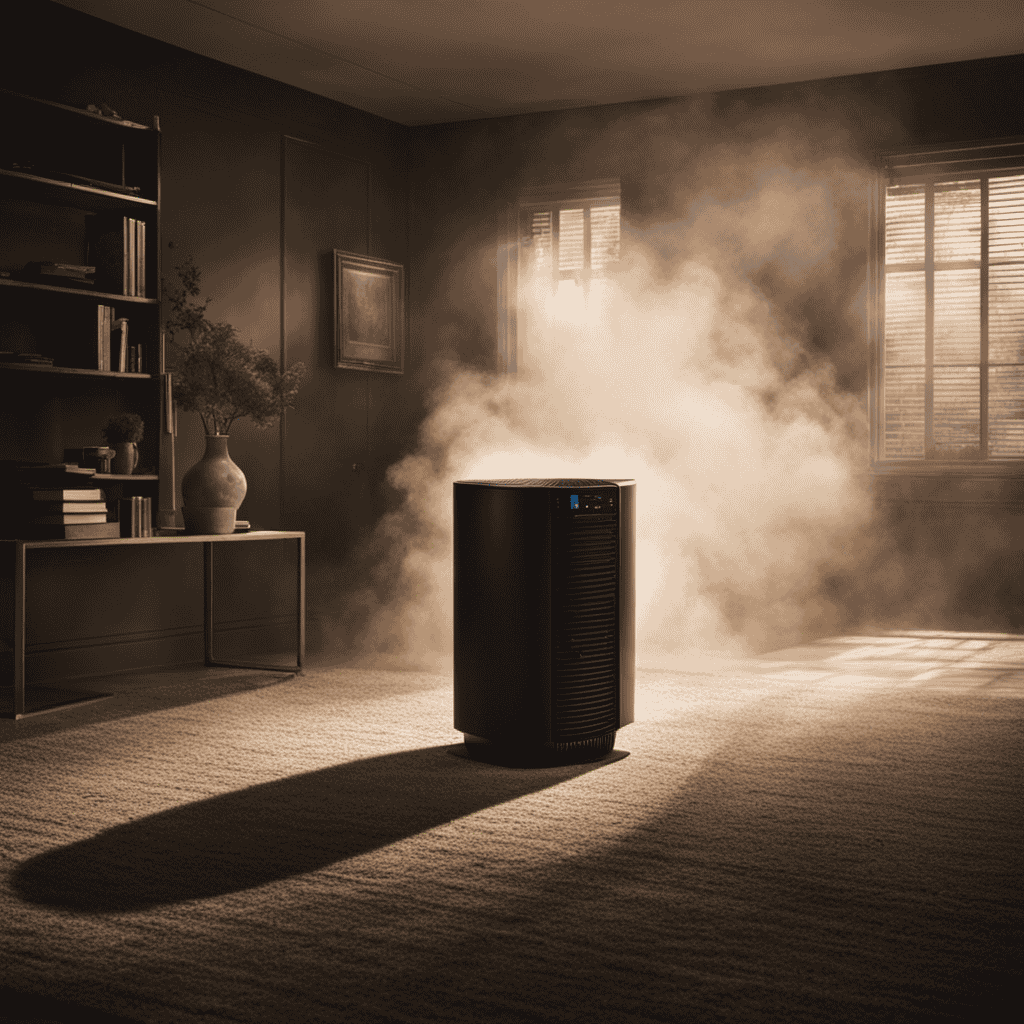
As the owner of an air purifier, I depend on it to maintain clean and fresh air in my home. Unfortunately, recently, I have observed that it is not operating as efficiently as before. It is quite frustrating, to say the least.
But fear not, for in this article, I will delve into the possible reasons why your air purifier may not be working and provide you with troubleshooting tips to get it back on track.
Let’s dive in and uncover the mysteries behind your malfunctioning air purifier.
Key Takeaways
- Ensure the power cord is securely plugged in and the power switch is in the ‘on’ position
- Follow a regular filter replacement schedule and check the indicator light for filter replacement or cleaning
- Test the fan functionality by listening for spinning or humming sounds and checking for air movement near the air vents
- Regularly clean the sensor to remove dust or debris and ensure proper calibration for accurate air quality measurement
Troubleshooting the Power Supply
You should check if the power cord is securely plugged in before proceeding with troubleshooting the power supply of your air purifier. A loose or disconnected power cord is one of the most common air purifier problems that can easily be fixed.
Start by unplugging the power cord and then plugging it back in, ensuring a snug fit. If the power cord is securely connected and your air purifier still doesn’t turn on, try plugging it into a different outlet to rule out any issues with the power source. Additionally, make sure the power switch on the air purifier is in the ‘on’ position.
If none of these steps resolve the issue, you may need to consult the user manual or contact customer support for further assistance.
Now, let’s move on to checking the air filter.
Checking the Air Filter
When it comes to checking the air filter in your air purifier, there are a few key points to keep in mind.
Firstly, a clogged air filter can significantly reduce the efficiency of your purifier and lead to poor air quality.
Secondly, proper filter installation is crucial to ensure that air is effectively filtered and contaminants are trapped.
Lastly, following a regular filter replacement schedule is essential to maintain optimal performance and prolong the lifespan of your air purifier.
Clogged Air Filter
The air purifier’s not working because the air filter’s clogged. Proper maintenance of an air purifier is essential for its optimal performance. If you are experiencing issues with your air purifier, follow these troubleshooting steps to determine if the air filter is the culprit:
- Check the indicator light: Many air purifiers have an indicator light that alerts you when the air filter needs to be replaced or cleaned.
- Inspect the air filter: Remove the air filter and examine it for any visible dirt, debris, or discoloration. A clogged filter will restrict airflow and reduce its efficiency.
- Clean or replace the air filter: Depending on the type of air filter, you may be able to clean it with water or a vacuum. If the filter is too dirty or damaged, replace it with a new one.
Proper Filter Installation
Properly installing the filter is crucial for the effective functioning of your air purifier. To ensure optimal performance, it is essential to follow the correct steps during the filter installation process.
First, make sure to turn off the air purifier and unplug it from the power source. Locate the filter compartment, usually located at the back or side of the unit. Open the compartment and remove the old filter carefully. Take note of the filter type and size, as you will need this information when purchasing a replacement.
Insert the new filter into the compartment, making sure it fits snugly and securely. Close the compartment and plug in the air purifier. Regular filter maintenance, such as cleaning or replacing the filter as recommended by the manufacturer, is important to ensure the proper functioning of your air purifier.
If you encounter any issues, consult the troubleshooting guide provided by the manufacturer for further assistance.
Filter Replacement Schedule?
It’s important to follow the recommended filter replacement schedule to ensure optimal air purifier performance. Neglecting to replace the filters regularly can lead to a variety of common air purifier problems.
Here’s what you need to know:
-
Filter replacement frequency: Depending on the specific model and usage, filters generally need to be replaced every 3-6 months. However, it’s essential to consult the manufacturer’s guidelines for your particular air purifier.
-
Reduced effectiveness: Over time, filters become saturated with pollutants, reducing their ability to capture and remove harmful particles from the air. This can result in poor indoor air quality and increased allergy symptoms.
-
Clogged filters: When filters are not replaced on time, they can become clogged with dirt and debris. This puts a strain on the air purifier’s motor and can cause it to overheat or malfunction.
Evaluating the Fan Functionality
You can check if the fan on your air purifier is working by listening for any spinning or humming sounds.
The fan is a critical component of the air purifier as it helps circulate air and improve indoor air quality.
To evaluate noise levels and test the air purifier’s performance, start by turning on the device and placing your ear close to the unit.
Listen carefully for any abnormal or excessive noise coming from the fan. A functioning fan should produce a smooth and consistent spinning sound without any rattling or grinding noises.
Additionally, observe if the fan is effectively moving air by feeling for a steady flow near the air vents.
If you notice any issues with the fan, such as unusual noise or lack of air movement, it might be necessary to contact a professional for further inspection and repair.
Investigating the Sensor System
To investigate the sensor system, try placing your hand in front of the air purifier to see if the device detects your presence and adjusts its settings accordingly. Sensor calibration is crucial for accurate air quality measurement.
Here are some key points to consider:
- Check if the sensor is properly calibrated by referring to the user manual or contacting customer support.
- Ensure that there are no obstructions in front of the sensor, such as curtains or furniture, as this can affect its performance.
- Clean the sensor regularly to remove any dust or debris that may interfere with its readings.
Analyzing the Control Panel
Check if there are any error codes or warning indicators displayed on the control panel, as this can provide valuable information about the current status of the air purifier.
The control panel serves as the central hub for operating and monitoring the air purifier. It allows you to adjust settings, such as fan speed, timer, and mode.
If there are any sensor malfunctions, the control panel will usually indicate this through an error code or warning indicator. Pay attention to these codes or indicators, as they can help identify the source of the problem.
Additionally, familiarize yourself with the control panel settings and their functions, as incorrect settings can also lead to issues. Understanding the control panel is crucial for troubleshooting and addressing potential maintenance issues.
Addressing Potential Maintenance Issues
Take note of any regular maintenance tasks that need to be performed on the air purifier to ensure its optimal performance. Regular maintenance is essential to keep your air purifier running smoothly and efficiently.
Here are some important maintenance tasks to consider:
- Clean or replace the filters regularly to remove dust, allergens, and other particles from the air.
- Check the fan and motor for any signs of dust or debris buildup and clean them if necessary.
- Inspect the air vents and ensure they are not blocked or obstructed.
If you are experiencing noise issues with your air purifier, try troubleshooting the problem by checking for loose components or excessive dirt. If the noise persists, it may indicate a more serious problem that requires professional assistance.
When addressing warranty concerns, carefully review the terms and conditions of your air purifier’s warranty. Contact the manufacturer or retailer if you believe your unit is experiencing a warranty-covered issue. They will be able to guide you through the warranty claim process and provide the necessary support.
Examining the Air Quality Sensor
I’ve noticed that my air purifier is not accurately detecting the air quality in my home. This led me to examine the air quality sensor.
One possible issue could be a faulty sensor. It may require replacement or repair. Regular maintenance and cleaning of the sensor is crucial to ensure its proper functioning and accuracy.
Another potential problem could be sensor calibration issues. These can result in inaccurate readings and may require recalibration for optimal performance.
Faulty Air Quality Sensor
The air purifier’s not working properly due to a faulty air quality sensor. This sensor is responsible for detecting the level of pollutants in the air and triggering the purification process. However, when the sensor is faulty, it cannot accurately calibrate the air quality, resulting in a decrease in the purification efficiency.
There are a few possible reasons for the sensor’s malfunctioning. Firstly, it could be due to a manufacturing defect or damage during transportation. Secondly, the sensor might have become dirty or clogged with dust particles, hindering its ability to accurately measure air quality. Lastly, the sensor might require calibration to ensure its accuracy.
To address the issue, you can try cleaning the sensor using a soft brush or compressed air. If this doesn’t work, contacting the manufacturer for assistance or considering replacing the faulty sensor altogether might be necessary.
Ensuring the proper functionality of the air quality sensor is crucial for maintaining the purification efficiency of your air purifier.
Maintenance and Cleaning
To properly maintain and clean your air purifier, you should regularly remove and clean the filter to ensure its efficiency in removing pollutants from the air. This is one of the most important air purifier maintenance tips.
Start by turning off the unit and unplugging it from the power source. Locate the filter compartment and carefully remove the filter. Gently vacuum or brush off any visible dust or debris from the filter.
If the filter is washable, rinse it under running water and let it air dry completely before reinstalling. For non-washable filters, replace them according to the manufacturer’s instructions.
Regularly cleaning or replacing the filter will prevent common air purifier problems such as reduced performance and the spread of airborne contaminants.
Sensor Calibration Issues
If you’re experiencing sensor calibration issues, try resetting the air purifier to see if that resolves the problem. Sensor calibration troubleshooting is an essential part of air purifier maintenance.
Here are some tips to help you troubleshoot and maintain your air purifier:
-
Check the sensor placement: Ensure that the sensor is positioned correctly and not obstructed by any objects. Incorrect placement can affect the accuracy of the sensor readings.
-
Clean the sensor: Dust and debris can accumulate on the sensor over time, leading to calibration issues. Use a soft cloth or brush to gently clean the sensor surface.
-
Update firmware: Some air purifiers have firmware updates available. Check the manufacturer’s website for any available updates and follow the instructions to install them.
Understanding the Purification Technology
Have you tried researching the purification technology used in your air purifier? Understanding the purification technology is crucial for proper air purifier maintenance and troubleshooting.
Over the years, there have been significant advancements in purifier technology, resulting in more efficient and effective air purification. One of the common technologies used is High-Efficiency Particulate Air (HEPA) filters. These filters are designed to capture even the smallest particles, including allergens, dust, and pet dander.
Additionally, some air purifiers use activated carbon filters to remove odors and volatile organic compounds (VOCs) from the air. Understanding the technology behind your air purifier can help identify potential issues and ensure proper maintenance.
However, if you’re still experiencing problems, it may be time to seek professional assistance to diagnose and resolve the issue accurately.
Seeking Professional Assistance
When seeking professional assistance for your air purifier, it’s important to find a qualified technician who specializes in air purification systems. Seeking professional advice can help you troubleshoot and resolve any issues you may be experiencing with your air purifier.
Here are some troubleshooting techniques that a professional technician can provide:
- Perform a thorough inspection of the air purifier to identify any potential problems.
- Use specialized tools and equipment to test the functionality of the air purifier’s components.
- Provide expert advice on maintenance and cleaning routines to ensure optimal performance.
By consulting a professional, you can gain valuable insights into the specific issues affecting your air purifier and receive accurate guidance on how to address them.
This will help you restore your air purifier’s functionality and ensure that it continues to provide clean and healthy air for you and your family.
What Could Be Causing My Therapure Air Purifier to Stop Working?
If your Therapure air purifier suddenly stops working, it could be due to a dirty filter. Another common issue could be a malfunctioning sensor or electrical problem. Try cleaning or replacing the filter, and if that doesn’t work, consider seeking professional help for repairing or replacing the unit using therapure air purifier.
Frequently Asked Questions
How Do I Know if My Air Purifier Is Working Properly?
I can determine if my air purifier is working properly by checking for indicators like a functioning power button, clean filters, and proper airflow. Regular maintenance and troubleshooting guide can help identify any problems.
What Should I Do if My Air Purifier Is Not Turning On?
If my air purifier is not turning on, I would first check the power source and ensure it’s properly connected. If that doesn’t solve the issue, I would refer to the troubleshooting tips and common reasons for malfunctioning.
How Often Should I Replace the Air Filter in My Purifier?
When it comes to replacing the air filter in my purifier, it’s essential to clean it regularly to ensure optimal performance. Additionally, choosing the right air filter that suits my purifier’s specifications is crucial for its efficiency.
Can a Malfunctioning Fan Affect the Overall Performance of the Air Purifier?
Yes, a malfunctioning fan can greatly affect the overall performance of an air purifier. It can lead to reduced airflow, which decreases the efficiency of the purifier in removing airborne particles. Troubleshooting common fan issues is crucial for optimal performance.
What Are Some Common Signs of a Faulty Sensor System in an Air Purifier?
When the sensor system in an air purifier is faulty, it can lead to poor indoor air quality. Common causes include dust buildup or sensor damage. Troubleshooting tips include cleaning the sensor or contacting customer support.
Conclusion
In conclusion, troubleshooting an air purifier involves thorough examination of its power supply, air filter, fan functionality, sensor system, control panel, and potential maintenance issues. It is also important to understand the air quality sensor and purification technology.
However, if all attempts fail, seeking professional assistance is advisable. Interestingly, according to a study conducted by the Environmental Protection Agency (EPA), indoor air can be up to five times more polluted than outdoor air, highlighting the crucial role of air purifiers in ensuring clean and healthy indoor environments.
-
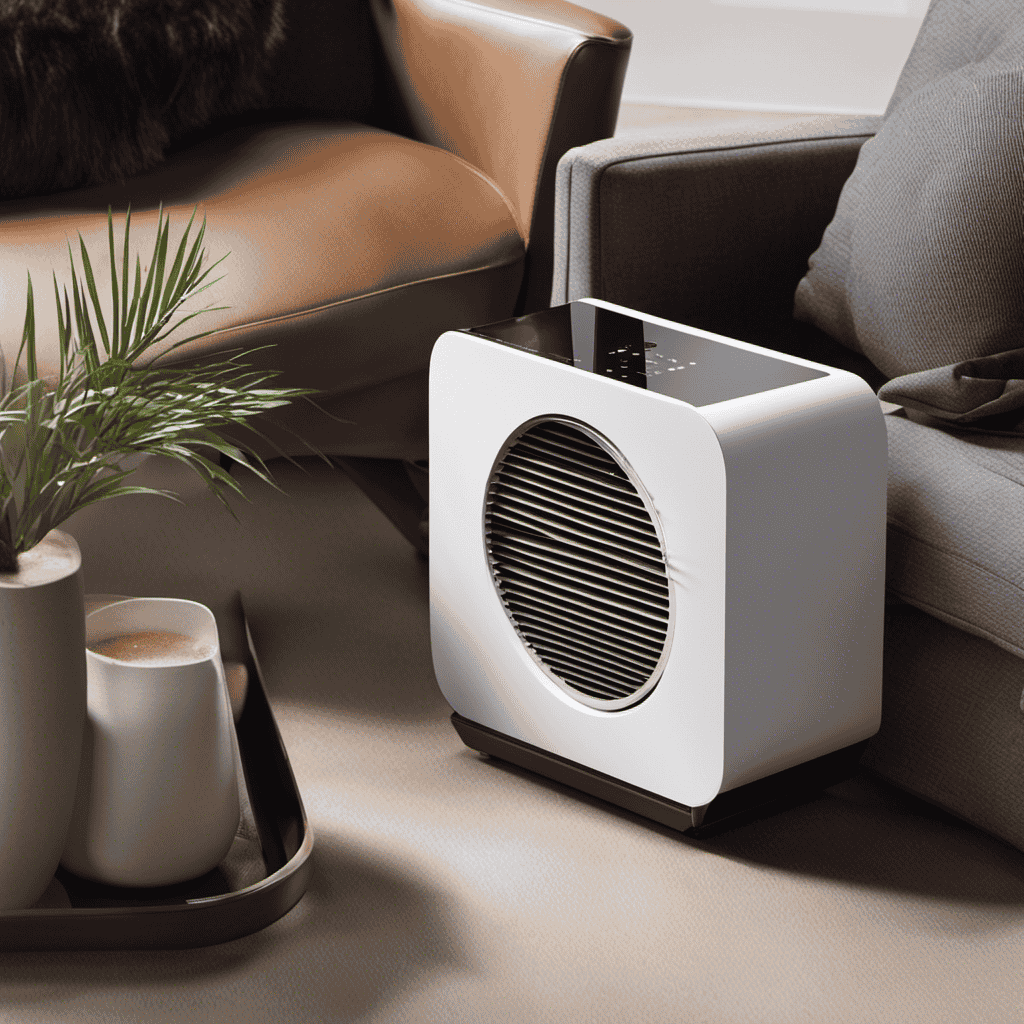
 Air Purifier Guides9 months ago
Air Purifier Guides9 months agoHow to Reset Filter on Miko Air Purifier
-
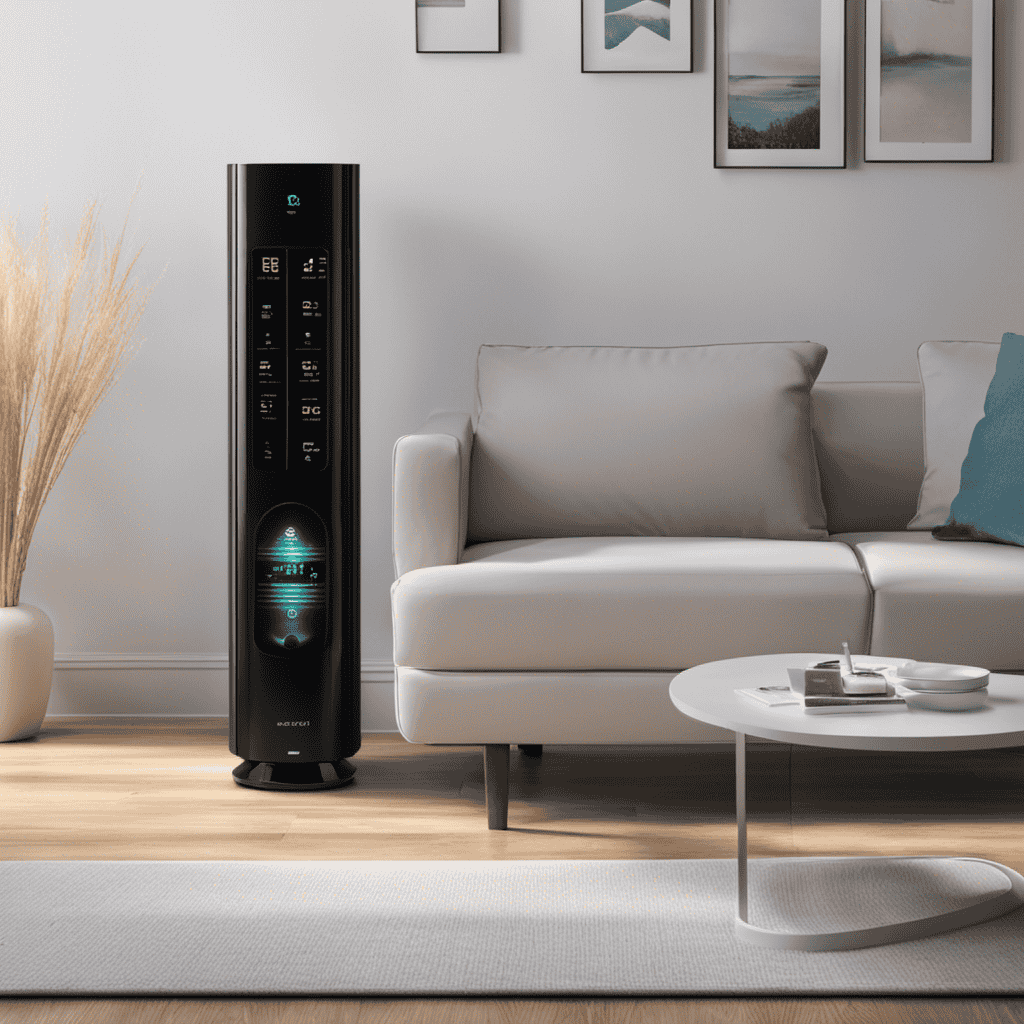
 FAQs - Advanced Queries6 months ago
FAQs - Advanced Queries6 months agoWhat Do the Numbers on My Air Purifier Mean
-
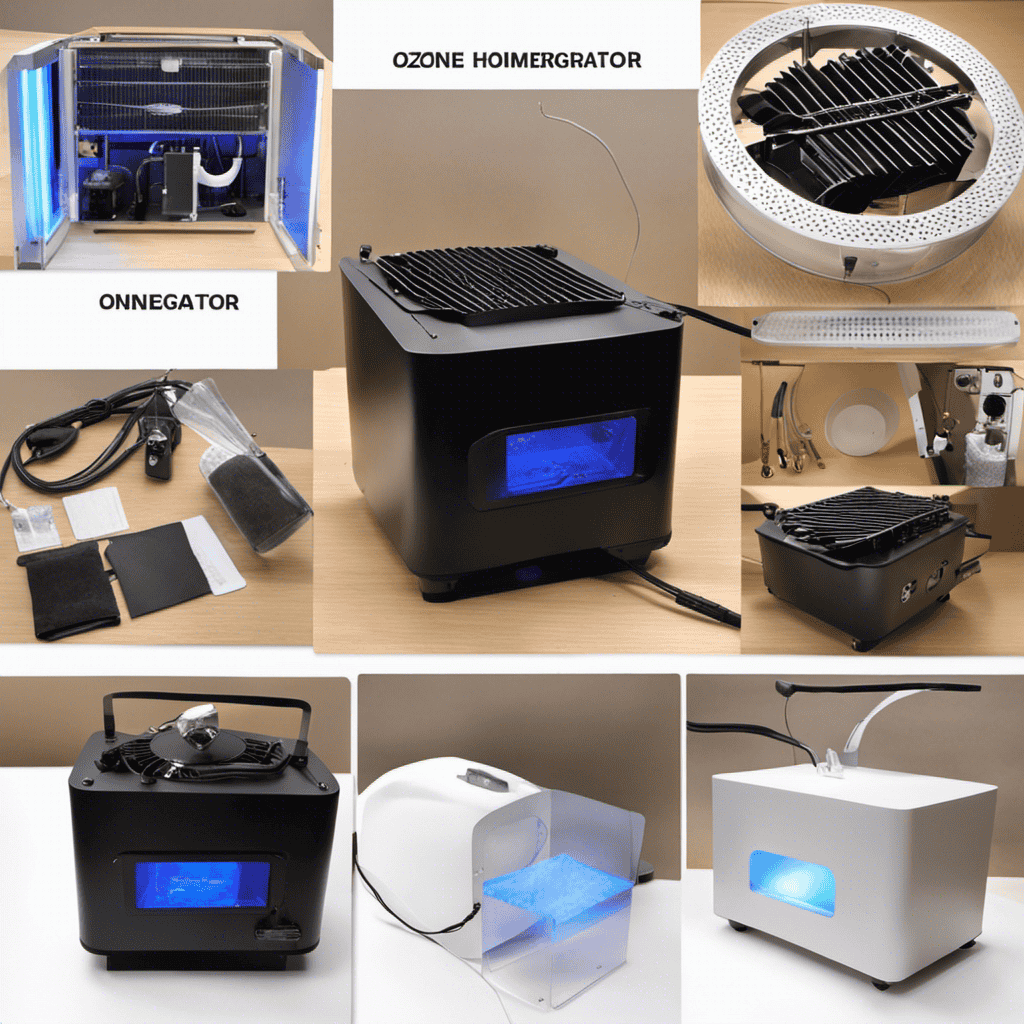
 Air Purifier Guides6 months ago
Air Purifier Guides6 months agoHow to Make a Homemade Ozone Generator (Air Purifier
-
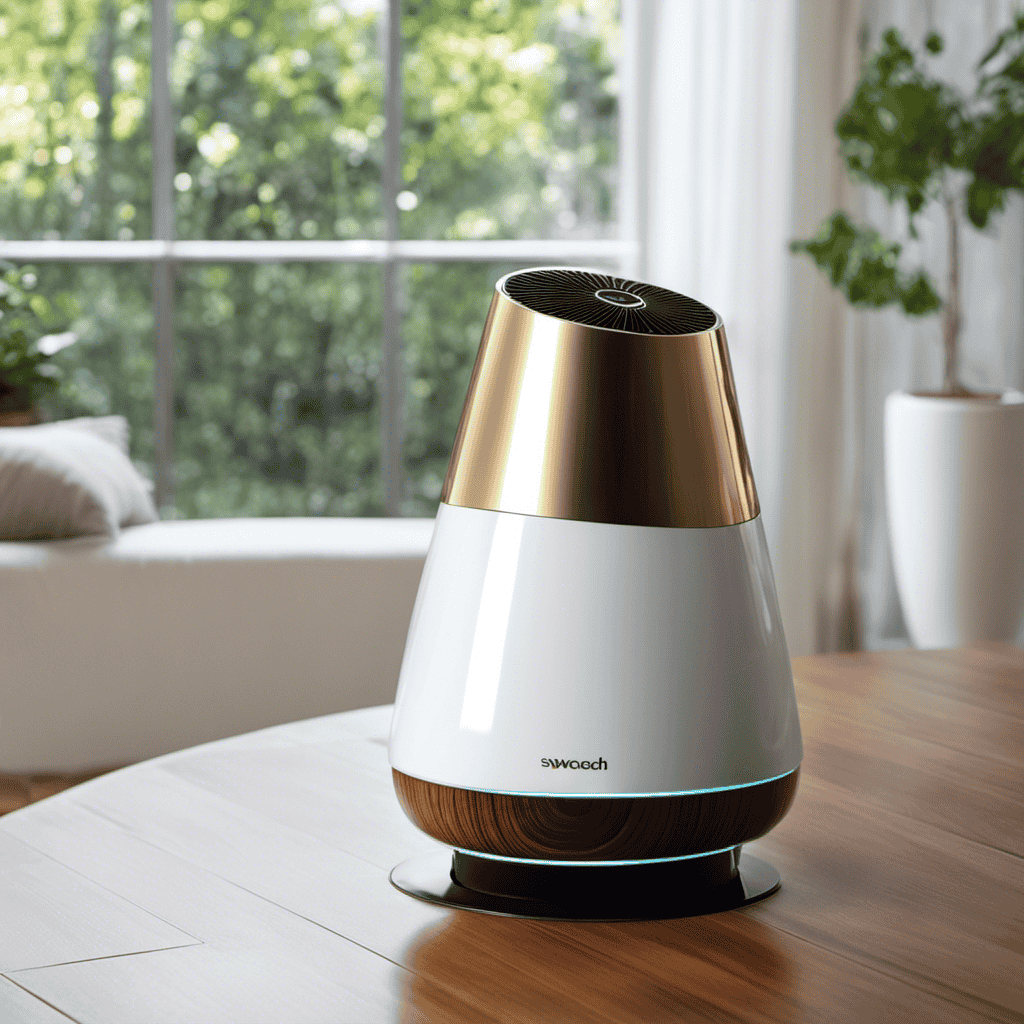
 Types of Air Purifiers9 months ago
Types of Air Purifiers9 months agoWhat Is an Air Purifier
-
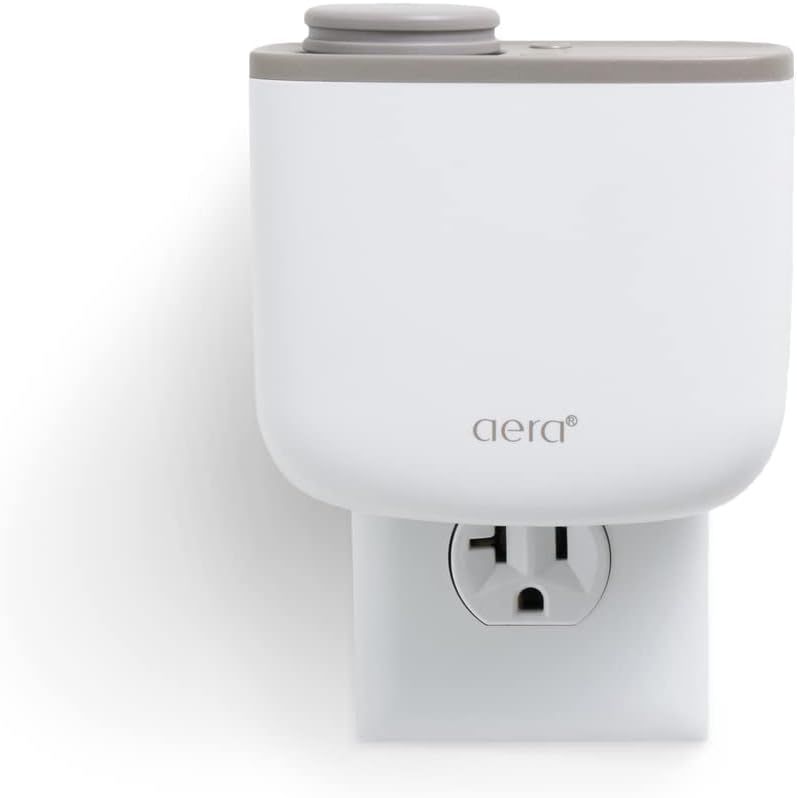
 Vetted8 months ago
Vetted8 months agoAera Mini Review: Smart Home Fragrance Diffuser With Hypoallergenic Scent Technology (2023)
-
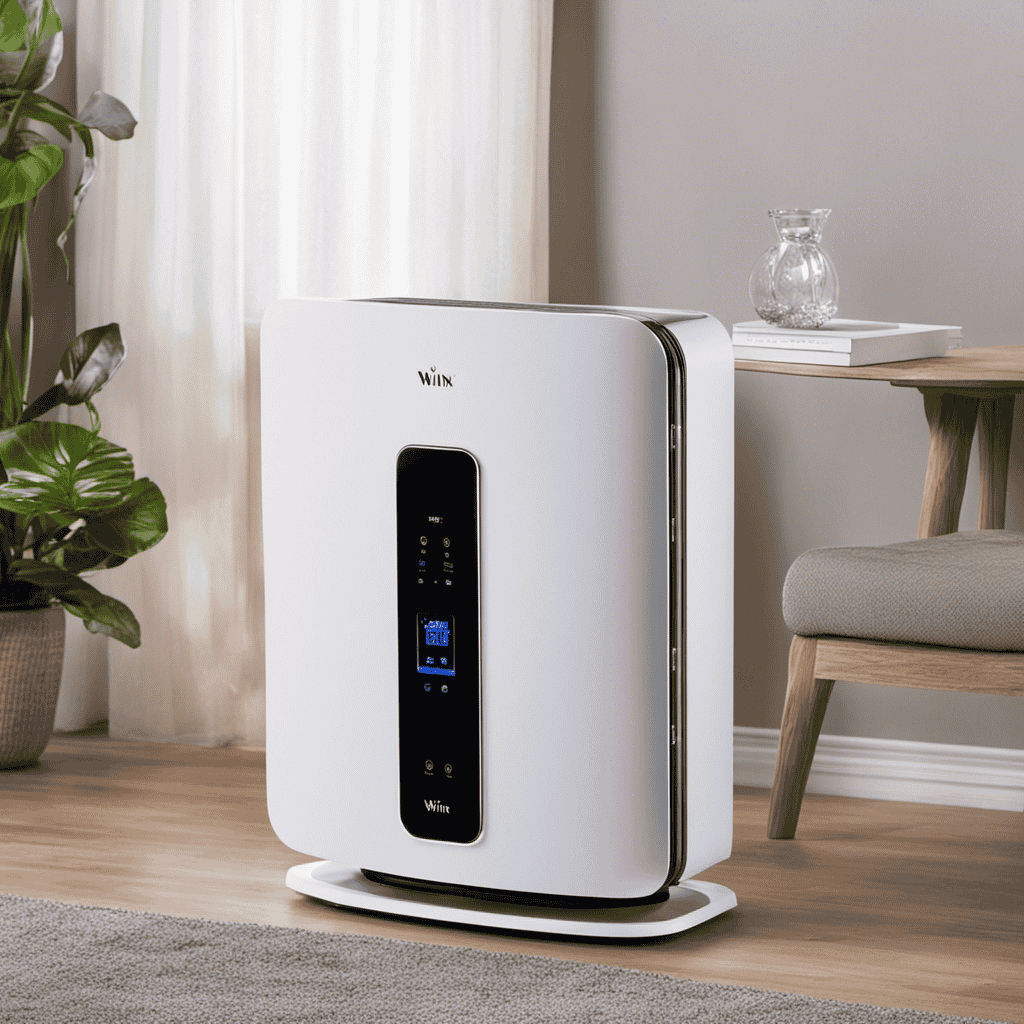
 Maintenance and Tips11 months ago
Maintenance and Tips11 months agoHow to Reset Filter Light on Winix Plasmawave Air Purifier
-
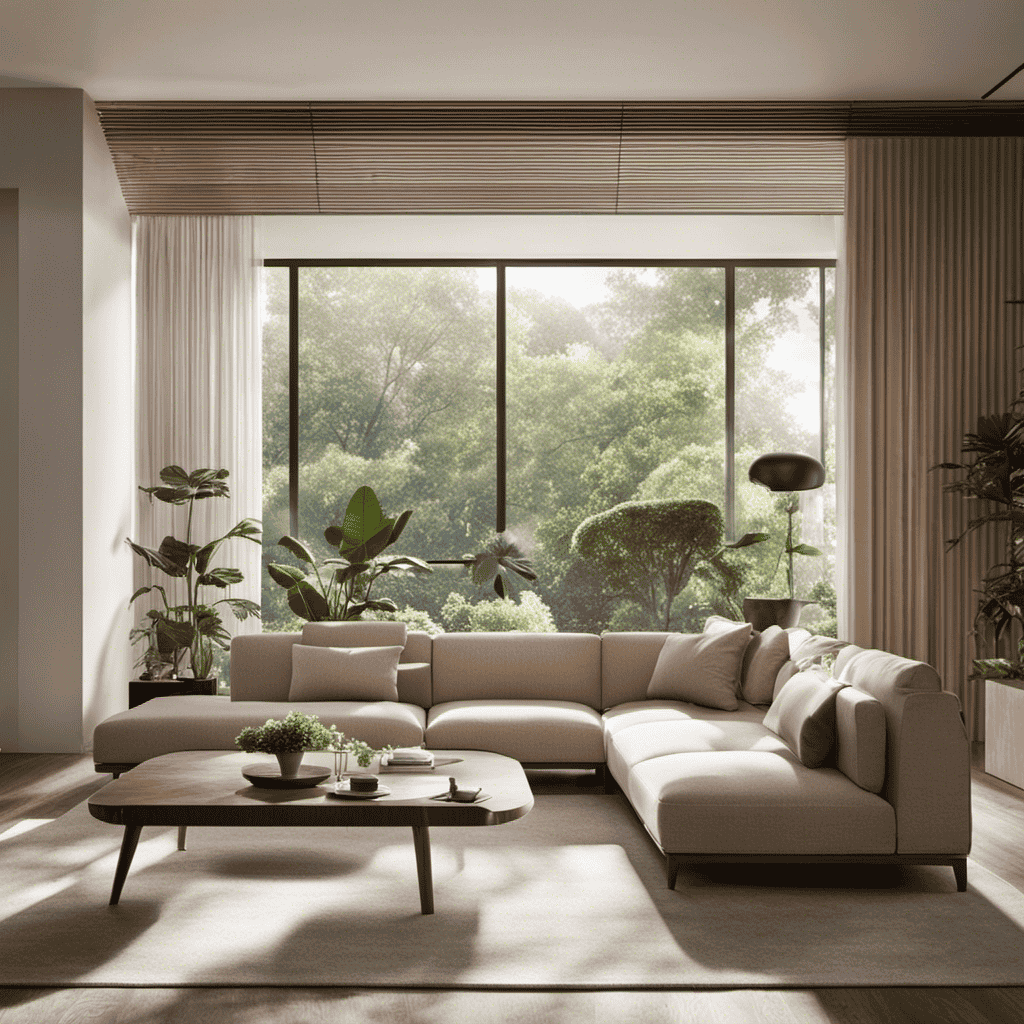
 FAQs - Advanced Queries1 month ago
FAQs - Advanced Queries1 month agoWhen to Use Ionizer on Coway Air Purifier
-
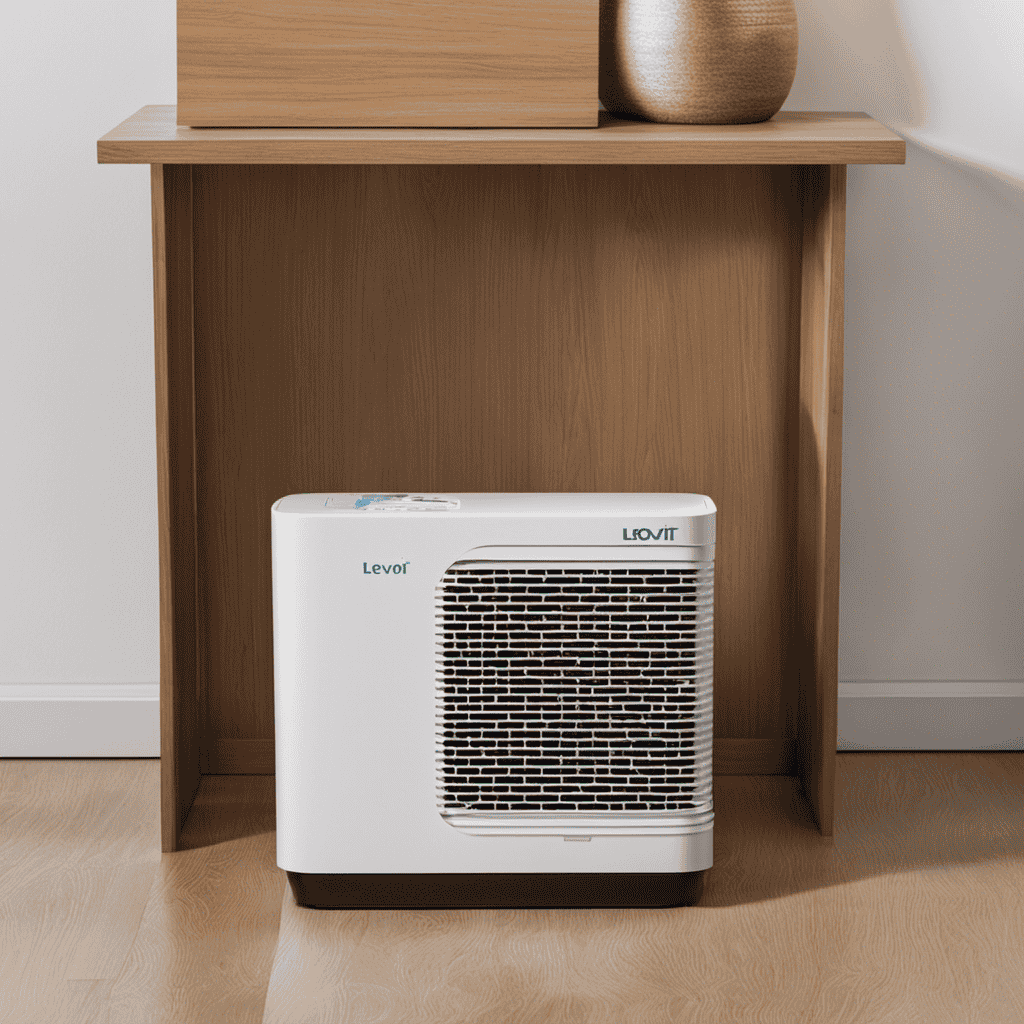
 Air Purifier Guides4 weeks ago
Air Purifier Guides4 weeks agoHow to Dispose of Air Purifier Filter Levoit





